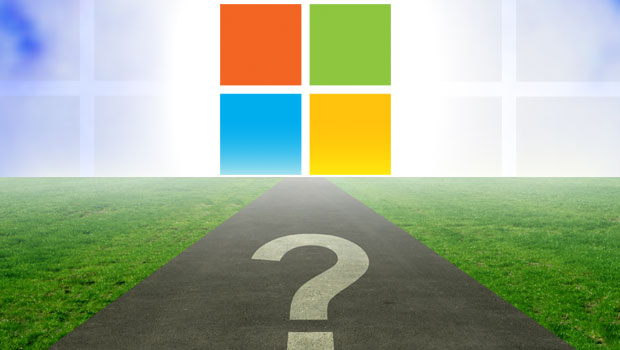Microsoft plans to release a line of Surface tablets priced in the US$400 range later this year, Bloomberg reported Wednesday, citing unnamed sources.
The tablets will have 10-inch screens and rounded edges, and USB-C connectivity — a first in Microsoft tablets. They will be about 20 percent lighter than the Surface Pros. Their battery life will be about four hours shy of the 13.5-inch Surface Pro, based on the report.
“It’s entirely possible that this rumored Surface is the real deal,” said Eric Smith, director for connected computing at Strategy Analytics.
Intel for the Guts
The new tablets reportedly will have CPUs and graphics chips from Intel.
“The lower battery life screams Intel as opposed to an ARM-based processor,” Smith told TechNewsWorld.
“The expectation was that they would likely shift the offering’s iPad-focused products to Qualcomm’s Snapdragon processor to be more in line with their Always Connected PC efforts,” noted Rob Enderle, principal analyst at the Enderle Group.
“However, I was expecting this to happen closer to the second-generation offering,” he told TechNewsWorld. “This would seem to be several quarters early for that — and if so, this round may be Intel-based instead.”
Microsoft said at last year’s Computex in Taipei that it would partner with various hardware vendors and use Intel and Qualcomm for its Always Connected PCs — a line of Windows 10 computers that can turn on instantly, with built-in LTE connectivity, days-long battery life, and eSIM technology incorporated.
Selling to School Kids
“As opposed to prosumers, enterprise users and MacBook switchers that Microsoft targets with the Surface Pro and Surface Book, this new Surface [will target] the Chrome-based detachable market that’s opening up this year,” Strategy Analytics’ Smith suggested.
HP and Acer “have already jumped in to address younger consumer segments already comfortable with productivity in Chrome OS,” he pointed out, and “Microsoft’s looking for a way to boost the Windows ecosystem with new types of devices. Right now, the market’s sorely missing competent, detachable 2-in-1s to compete against laptops.”
The education market is the likely target, Smith said.
Aiming at the Enterprise
It’s possible the new Surface line will target the enterprise.
From the start, Surface products have targeted Apple, but they “lagged in battery life and appearance even as they led in utility and usefulness,” Enderle observed.
The new Surface tablet is likely “aimed at the 10.5-inch iPad Pro, which has done very well, as it addresses the sweet spot of relatively low price for users who value mobility and a modern touch interface in their productivity machines,” Smith opined.
It’s possible the new Surface tablet might be an enterprise offering focused on further blocking iPad penetration of that market, Enderle suggested.
“Apple has never really embraced the needs of enterprise partners IBM and Cisco, both of which would likely prefer a product more like IBM’s old ThinkPad offering,” he said. “The iPad is still heavily consumer-focused.”
If a low-priced Surface tablet is in the works, it’s “a more natural companion device to the PC than the iPad is,” noted Holger Mueller, principal analyst at Constellation Research, as it would use the same software.
Also, there’s “a big push going on from Microsoft on the future workplace at the moment,” he told TechNewsWorld. “If Microsoft gets it right, it can create a more productive and integrated workplace.”
The main target would be developing nations, Mueller suggested.
Apple “has largely won the first world, but the rest is up for grabs,” he said. “The battle for the poor of the second world and the whole third world as a platform is in full swing.”
Overall, the tablet market “continues to struggle with price pressure, and being flanked by phablets on the smaller side and convertible PCs on the larger,” Strategy Analytics’ Smith said. “Our research shows the tablet market fell 7 percent in Q1 2018, which puts us in the third straight year of year-on-year declines.”























































